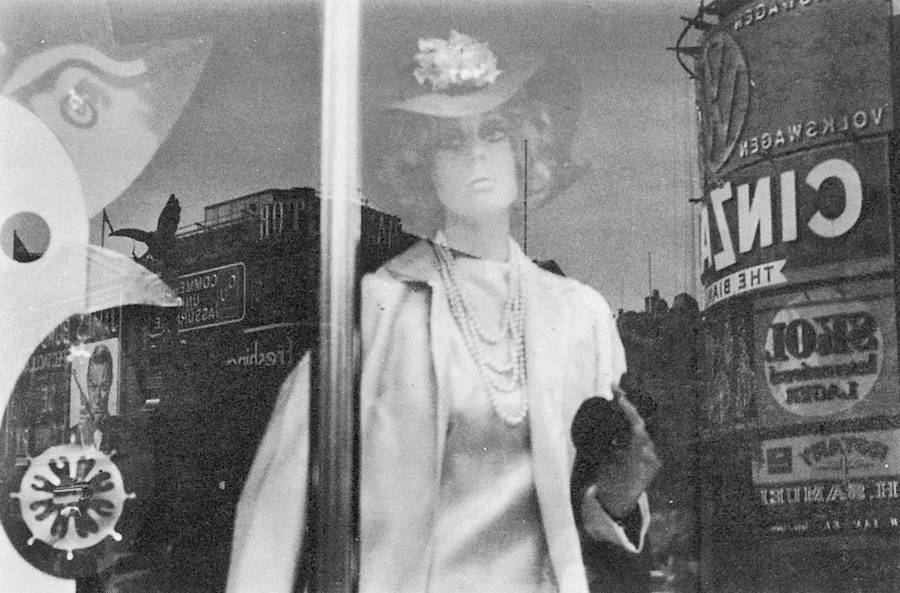
“A man’s presence suggests what he is capable of doing to you or for you. But the pretence is always towards a power which he exercises on others. His presence may be fabricated, in the sense that he pretends to be capable of what he is not. A man’s presence suggests what he is capable of doing to you or for you. The promised power may be moral, physical, temperamental, economic, social, sexual – but its object is always exterior to the man.

If it is small or incredible, he is found to have little presence. If the promise is large and credible his presence is striking.

A man’s presence is dependent upon the promise of power which he embodies. Berger writes:Īccording to usage and conventions which are at last being questioned but have by no means been overcome, the social presence of a woman is different in kind from that of a man. His argument was basically this – power, for men, is extrinsic (is defined by some object outside and beyond their body/mind) while power, for women, is intrinsic (is based upon their conceptions of their own body/mind). One of Berger’s most interesting observations in the book, in my view, was his discussion of the difference between male and female presence. The child looks and recognizes before it can speak.” It was structured around a simple idea – “Seeing comes before words. This write-up along with the news of Berger’s demise made me revisit his hugely influential essay. Ways of Seeing by John Berger (1972, Penguin) Not just big politics, or big ideas, not just paintings or novels, but also the meal put on the table, the glass of wine shared the sweetness in a bear hug, the complicity in a chuckle, the pleasures of a shared rage against injustice.
#Ways of seeing how to
He reminds us how to think about Charlie Chaplin, how to listen to songs, how to rage about prisons, how to remember that everything matters. Just in November, to mark his birthday, The Guardian had run an article titled “ Artist, visionary and writer – John Berger is undimmed at 90,” in which the filmmaker Sally Potter remarked:Īnd now? His books keep coming, the essays keep appearing in newspapers and magazines.
#Ways of seeing series
He was most famous for his 1972 BBC TV series (and later, book) on cultural aesthetics Ways of Seeing. He is a liberator of images: and once we have allowed the paintings to work on us directly, we are in a much better position to make a meaningful evaluation." -Peter Fuller, Arts Review"Over the past sixty years, the great John Berger - art critic, essayist, screenwriter, novelist, poet, and artist - has made immeasurable contributions to our understanding of culture and politics, never more potently than in Ways of Seeing." -The Village VoiceOn John Berger: "In contemporary English letters he seems to me peerless." - Susan Sontag"We learned from him to see that basic assumptions about everything-work, play, art, commerce-are hidden in the surrounding culture of images." - Jane Gaines Read more.John Berger – the English art critic, novelist, painter and poet – passed away on January 2, 2017 at the age of 90 in Paris.
#Ways of seeing professional
It opened up for general attention to areas of cultural study that are now commonplace." -Geoff Dyer".perhaps the most bold, clear, and widely renowned explanation of art's entanglement with capitalism." - The Paris Review"Berger has the ability to cut right through the mystification of the professional art critics.

"It's a book about art history and the media, but it's also a magic trick." - The New Republic "Berger fulfils the roles of a philosopher, listener, and somewhat of a magician as he makes tantalising worlds appear, and illusions vanish." - Pratibha Rai, Oxford Culture Review"The influence of the series and the book.


 0 kommentar(er)
0 kommentar(er)
